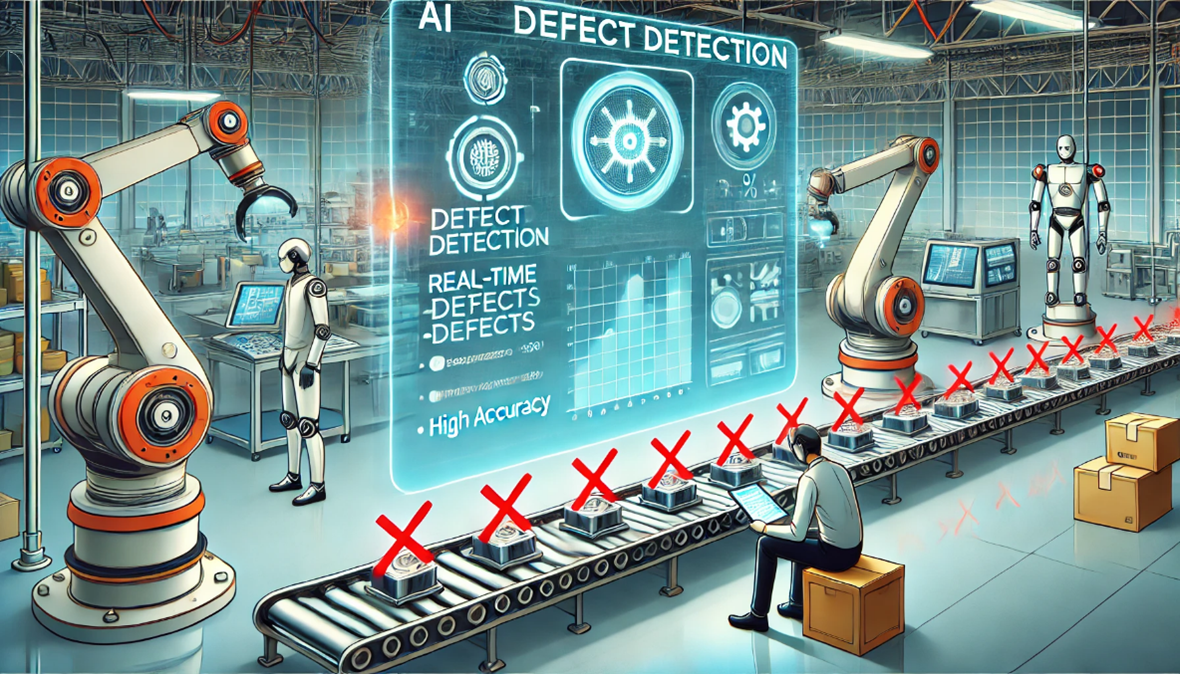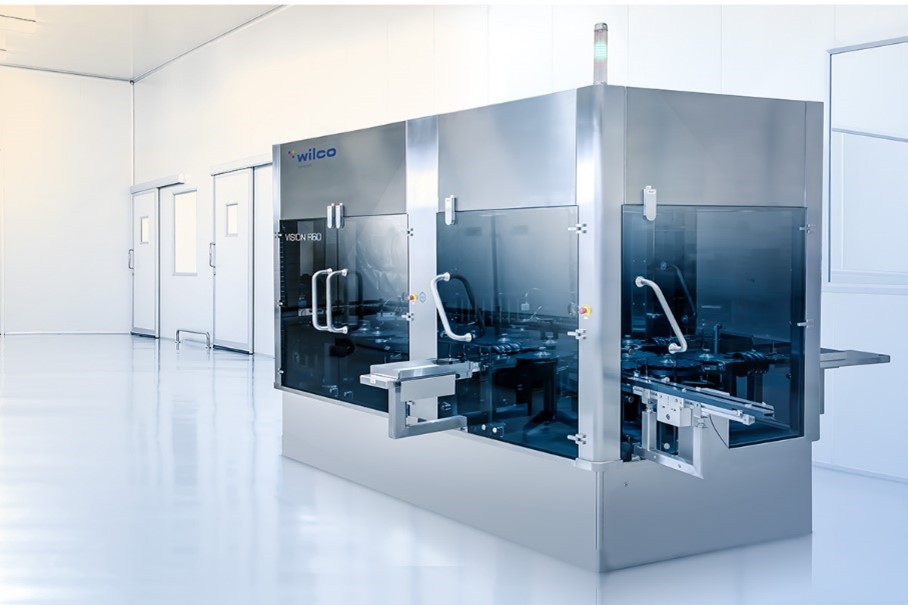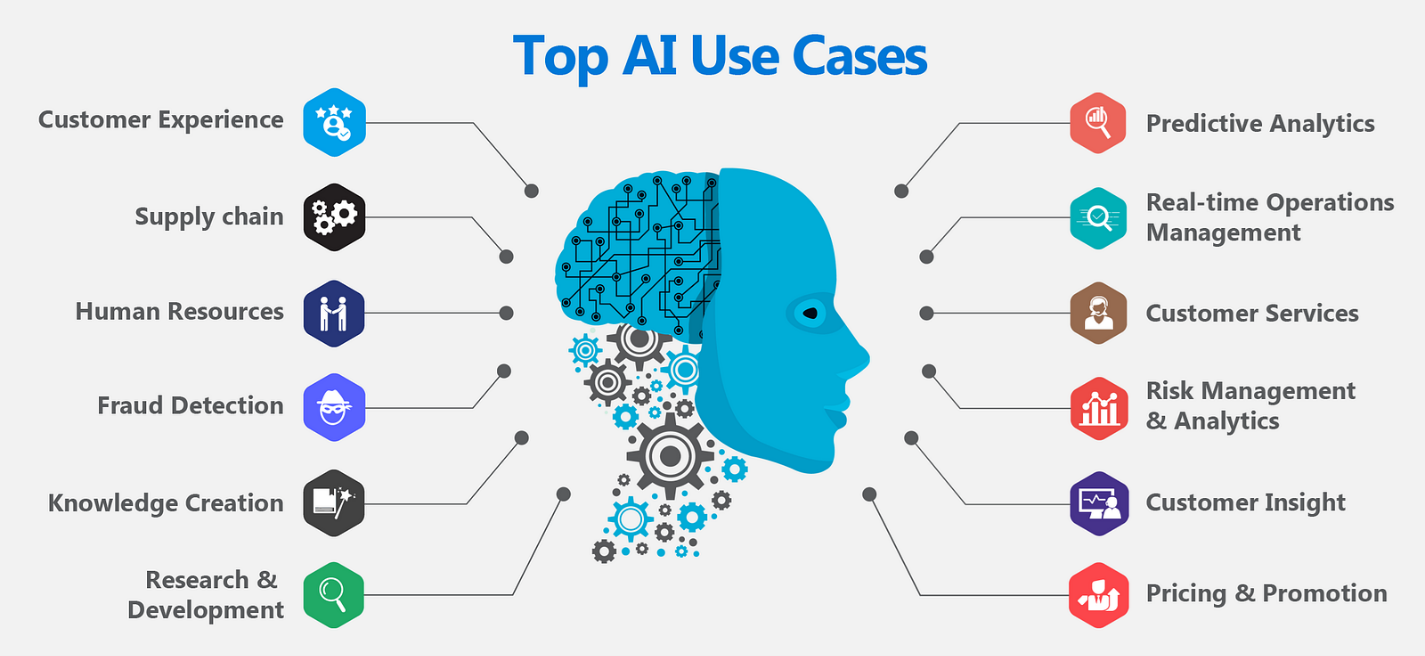How can AI enable real-time defect detection and quality assurance on production lines?

How can AI enable real-time defect detection and quality assurance on production lines?
by Maximilian 11:47am Jan 25, 2025

AI enables real-time defect detection and quality assurance on production lines by leveraging advanced technologies such as computer vision, machine learning, and real-time analytics. These tools automate inspection processes, ensuring consistent quality and reducing the chances of defective products reaching customers. Here's how AI achieves this:
1. Automated Visual Inspection
Computer Vision Systems: AI-powered cameras and image processing algorithms analyze products in real time.
Defect Identification: Detects surface defects, dimensional inaccuracies, or missing components by comparing products against predefined standards.
High-Speed Processing: Inspects hundreds or thousands of items per minute, far surpassing human capabilities.

2. Advanced Machine Learning Models
Supervised Learning: Models trained on labeled datasets identify defects like cracks, scratches, or discolorations.
Unsupervised Learning: Detects anomalies without prior labeling by learning the "normal" characteristics of products.
Deep Learning: Handles complex visual tasks, such as identifying subtle defects or patterns in non-uniform products.
3. Multi-Sensor Data Integration
AI integrates data from various sensors for comprehensive quality checks:
Thermal Cameras: Detects overheating or temperature anomalies in electronic components.
Ultrasound Sensors: Identifies internal defects like voids or cracks in materials.
Spectroscopy Sensors: Ensures material composition meets specifications.
4. Real-Time Feedback and Correction
Immediate Alerts: AI flags defective products in real time, allowing operators to remove them from the production line.
Adaptive Processes: AI adjusts machine settings dynamically (e.g., tightening tolerances, recalibrating tools) to prevent recurring defects.
Process Optimization: Identifies root causes of defects, enabling continuous process improvements.
5. Digital Twins and Predictive Analytics
Digital Twin Integration: Simulates the production process to predict potential defects based on environmental or operational changes.
Predictive Quality Assurance: Analyzes historical defect data to forecast and mitigate future quality issues.
6. Benefits of AI-Driven Defect Detection
Higher Accuracy: Detects even minor defects that may be missed by human inspectors.
Reduced Downtime: Real-time monitoring helps address issues before they escalate.
Improved Yield: Minimizes waste by identifying and addressing problems early in the production cycle.
Scalability: Easily adaptable to different product lines or defect criteria.

7. Use Cases Across Industries
Electronics: Identifying soldering defects on circuit boards.
Automotive: Detecting paint imperfections or alignment issues in vehicle assembly.
Pharmaceuticals: Ensuring capsule or tablet uniformity and labeling accuracy.
Textiles: Identifying weaving errors, discolorations, or tears in fabrics.
8. Challenges and Solutions
Data Quality: High-quality training datasets are essential for effective defect detection.
Solution: Use synthetic data augmentation or collect diverse real-world samples.
System Costs: Initial deployment of AI systems can be expensive.
Solution: Cloud-based AI models reduce hardware costs.
Complex Defect Types: Some defects may require domain-specific knowledge.
Solution: Combine AI models with expert oversight during system setup.
9. Examples of AI Technologies in Use
NVIDIA Metropolis: Enables high-speed defect detection using edge computing and AI.
AWS Lookout for Vision: Provides scalable, pre-trained models for visual anomaly detection.
Cognex Vision Pro: Offers AI-powered tools for real-time quality assurance in manufacturing.
By enabling real-time defect detection, AI not only ensures consistent product quality but also reduces costs, increases efficiency, and enhances customer satisfaction in modern manufacturing processes.







